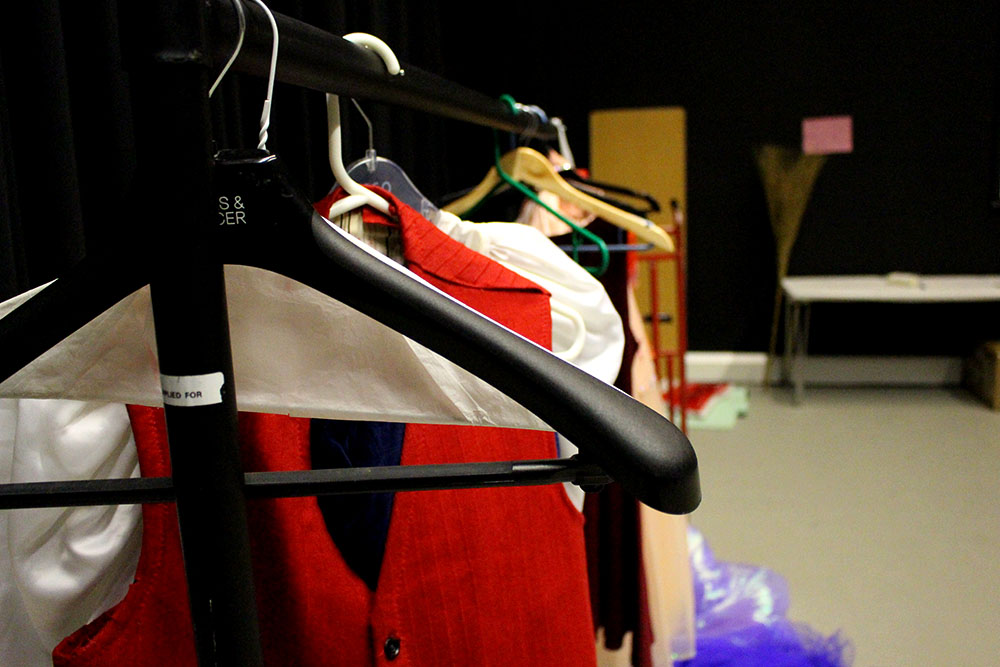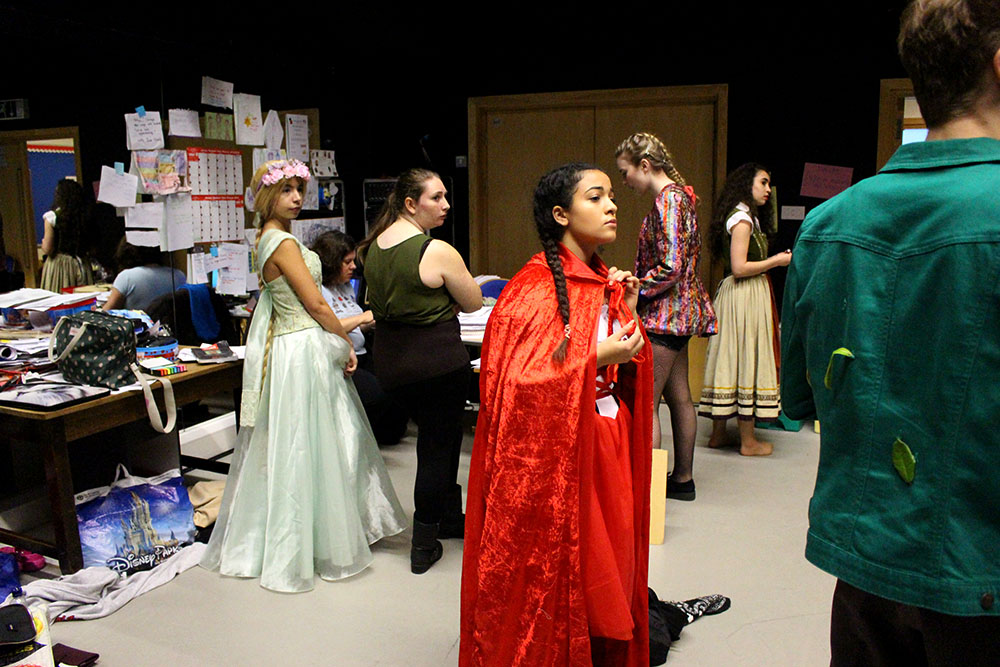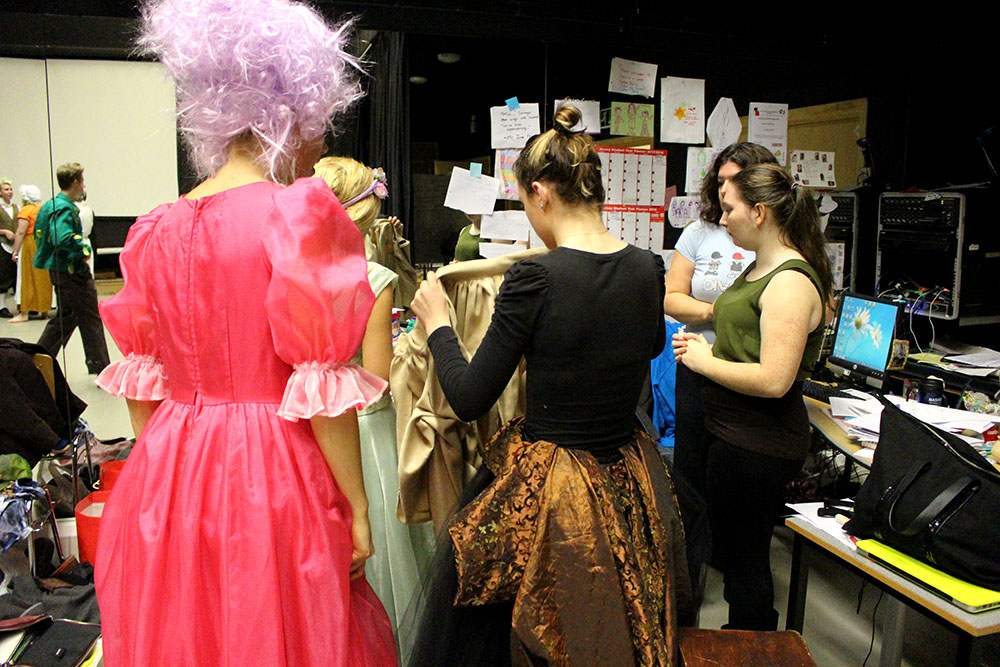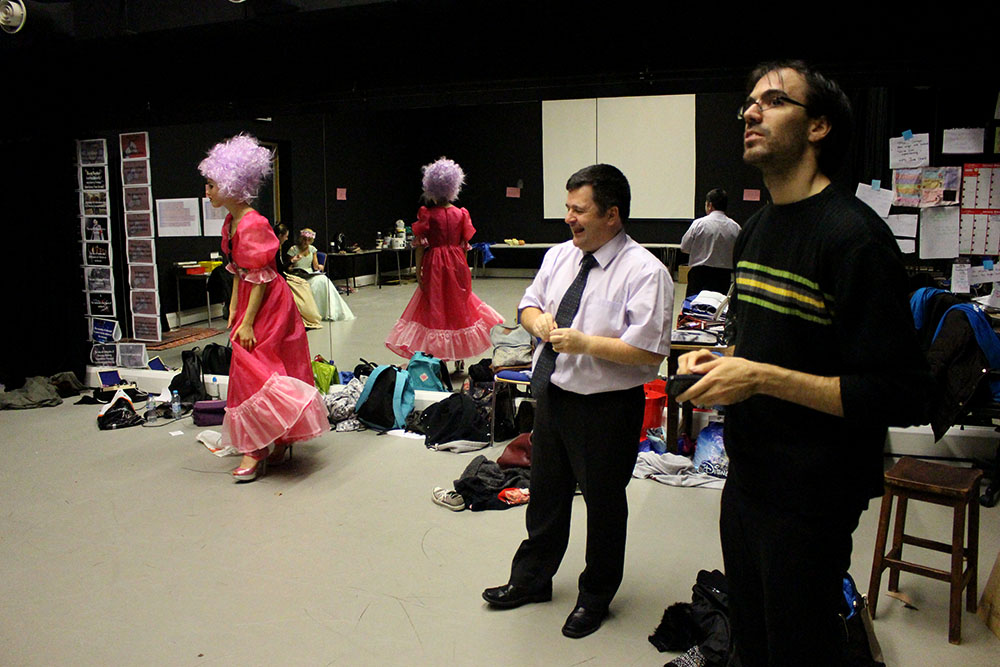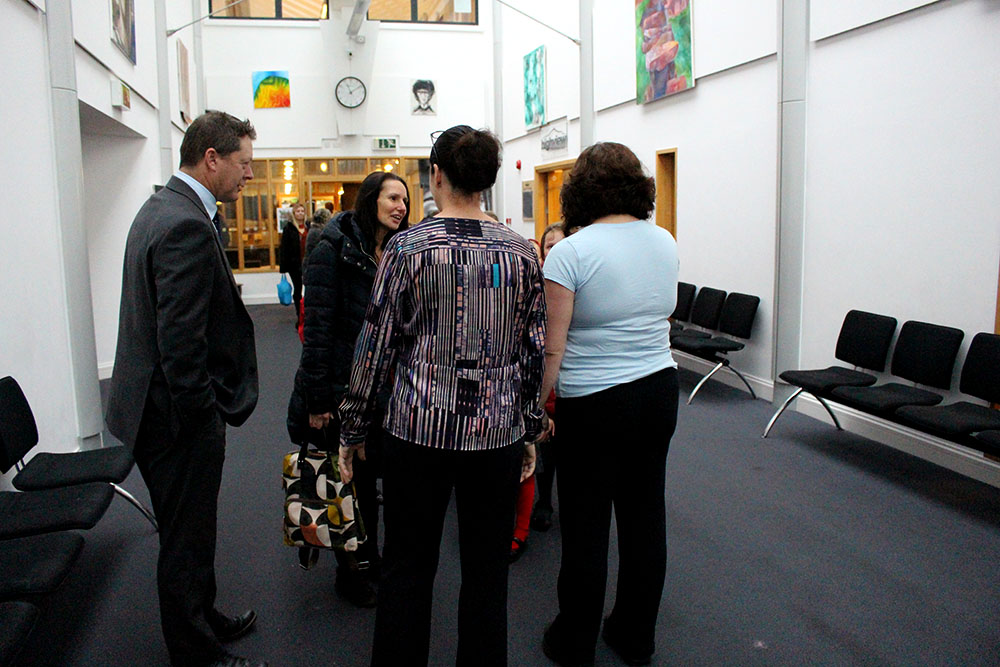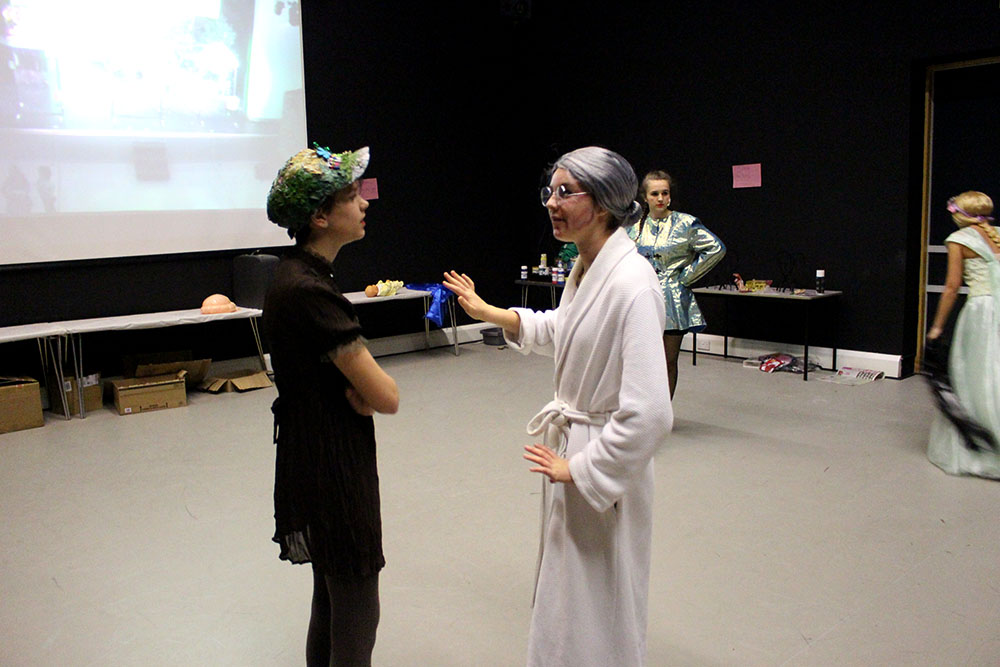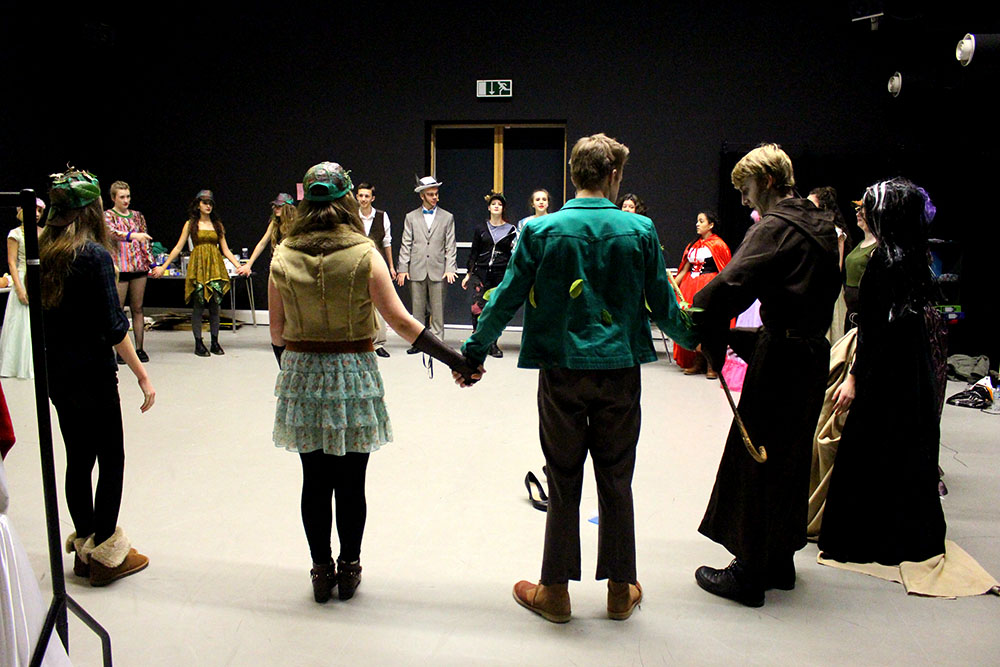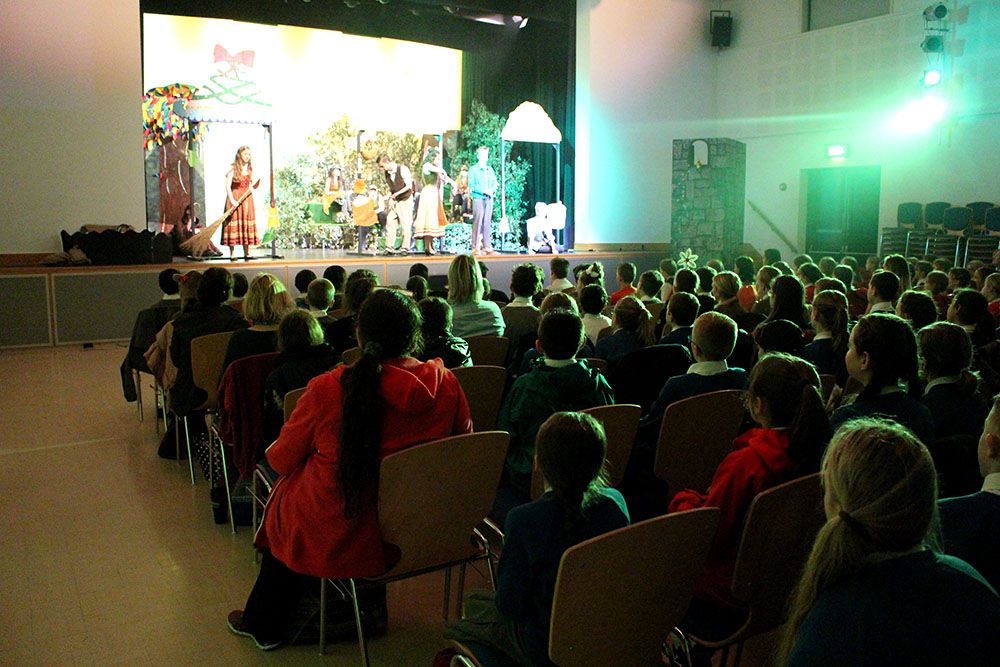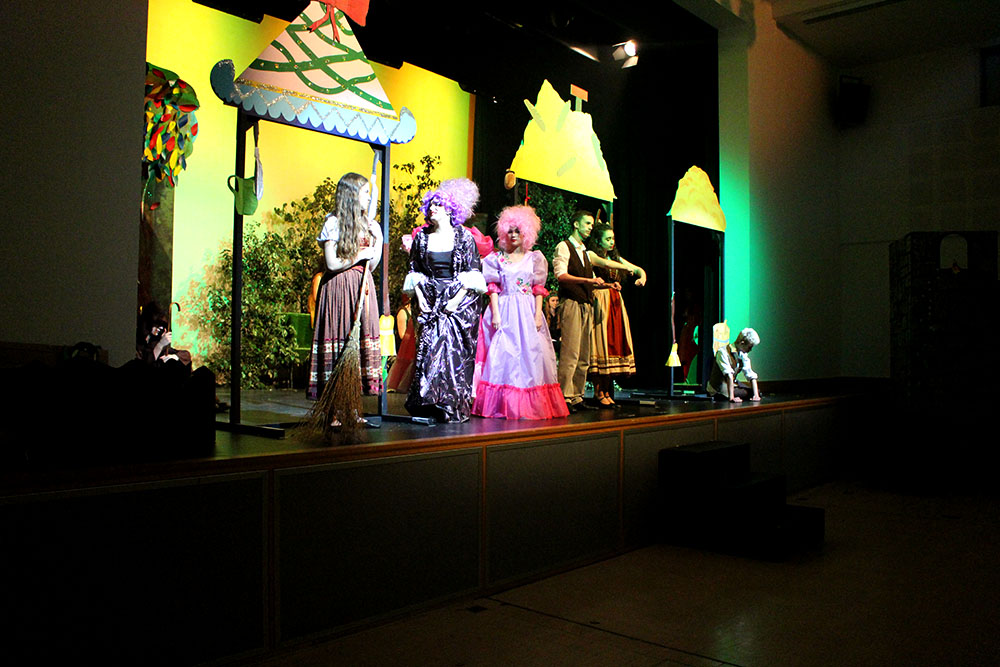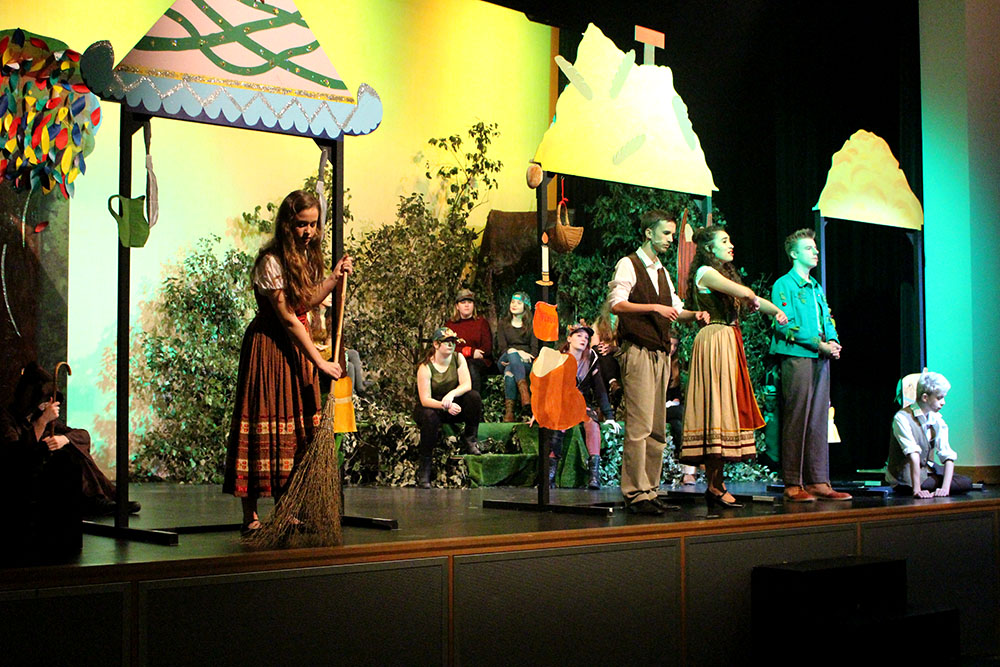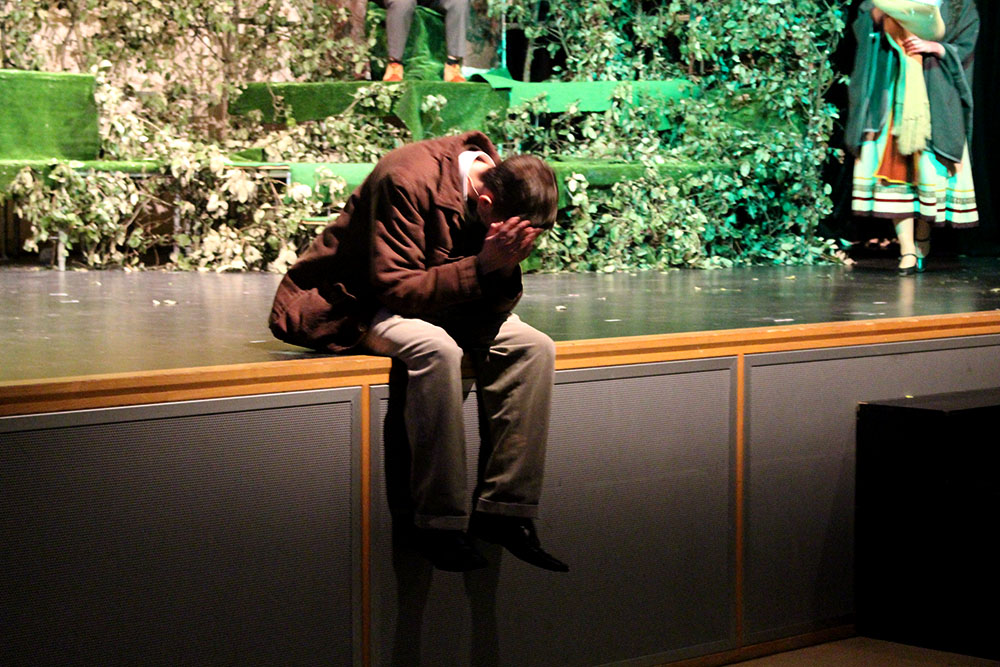“Harvard Referencing: Guide. Harvard is a style of referencing, primarily used by university students, to cite information sources. Two types of citations are included: In-text citations are used when directly quoting or paraphrasing a source.” ~https://www.citethisforme.com/harvard-referencing
Reference lists are created so that if readers want to look at the sources in more depth themselves, they can. To make this possible reference lists will usually include various bits of information including the:
- Name of the author(s)
- Year published
- Title
- City published
- Publisher
- Pages used
Generally, Harvard Reference List citations for a book by one author follow this format:
Last name, First Initial. (Year published). Title. Edition. City: Publisher, Page(s).
For a book with two or more than one author the format is as follows:
Last name, First initial. and Last name, First initial. (Year published). Title. City: Publisher, Page(s).
For example with one of the books I have been looking at, the reference would be:
Becher, B., Becher, H. and Zweite, A. (2003). Typologies. Germany: Schirmer/ Mosel München, (Page number of included quote etc.).
For Chapters in an Edited book:
Last name, First initial. (Year published). Chapter title. In: First initial. Last name, ed., Book Title, 1st ed.* City: Publisher, Page(s)
The edition for the book is only included if it isn’t the first edition.
For Print Journal Articles:
Last name, First initial. (Year published). Article title. Journal, Volume (Issue), Page(s).
For citations from a website or database:
Last name, First initial. (Year published). Article Title. Journal, [online] Volume(Issue), pages. Available at: URL [Accessed Day Mo. Year].
There are many other sources, for example blogs, court cases, conference proceedings, dissertations, DVD’s, Email’s etc, but above are the main examples of how to use the Harvard Referencing System.











